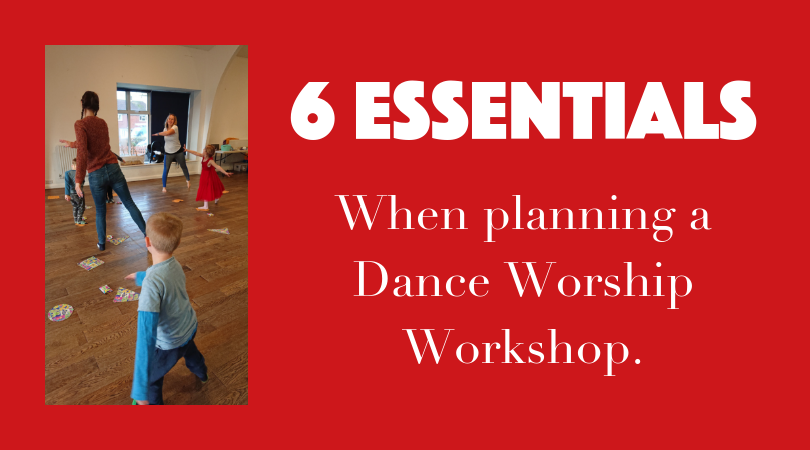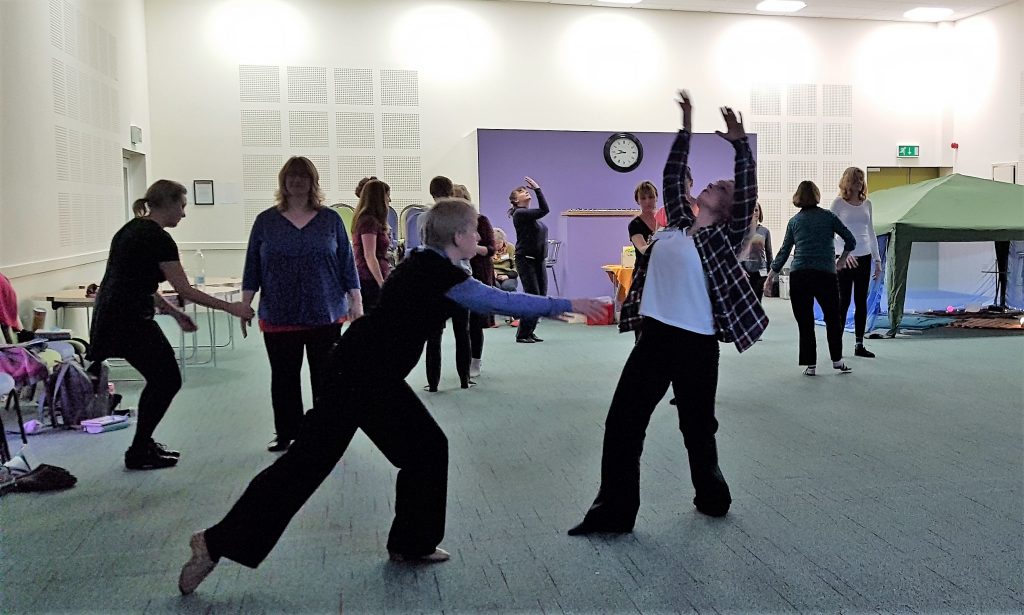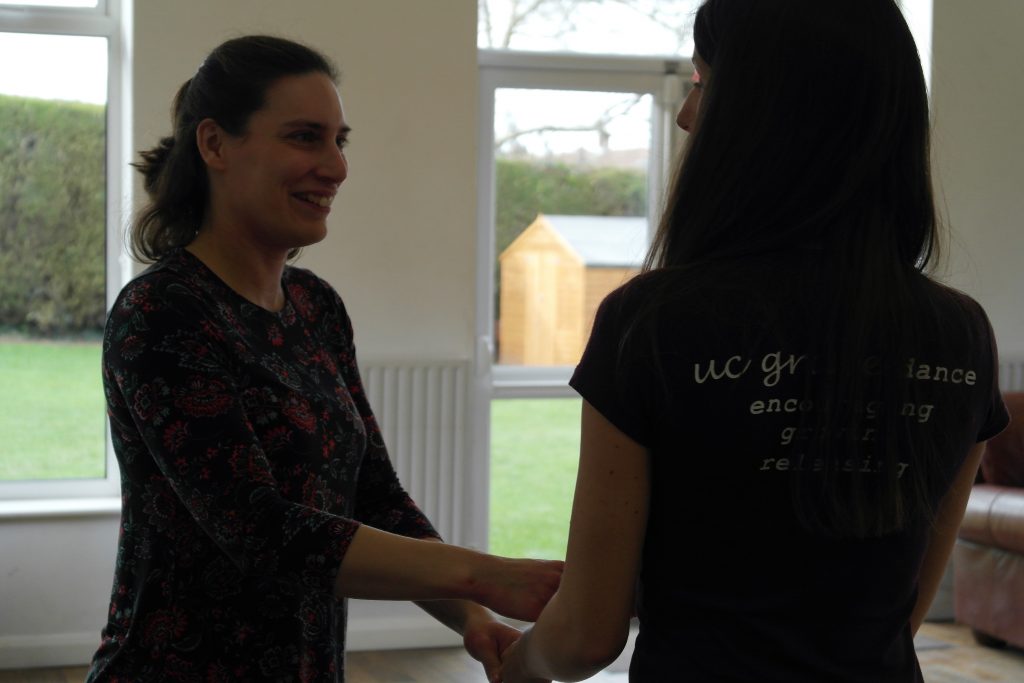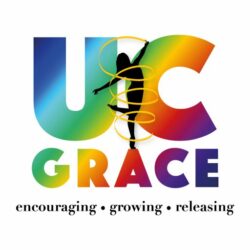Planning is essential in all forms of delivery, whether that is for dance or something different. Throughout nearly 20 years of teaching, I have tried many ways to layout a dance workshop or session, today you get to hear the layout I find most useful!
It might be that you want to create a whole session or just one exercise or series of movements, whatever it is, it is still the same process. We’ll talk in terms of a ‘session’ but the same applies to an exercise/ series of movements.
This post is all with reference to leading a Christian based dance worship workshop of some form. However, all that is shared can be applied in a normal secular context without faith.
Before we get going though, there are a few things that you need to have decided in order to plan the workshop most effectively –
- Who will be your age or population focus?
- What is your theme – including the main focus and intended outcome
- How long is your session and how will you divide elements within the session
- What is the number of participants that will be at the workshop, or what are your maximum numbers?
Each one of the above can impact the workshop in different ways, so take the time to make it specific to what you are wanting to achieve.

So what 6 essential things should I include?
1. Ice breaker
Whether you know the participants well, or they are completely new faces, you can never start a session cold. An ice breaker allows participants the opportunity to begin the session recognising that they are in safe space, that their ‘ability’ won’t be questioned, and that they feel welcomed to see where the workshop will take them.
This initial opening/ ice breaker will set the tone for the rest of the workshop, participants will either be hooked and want to go further or may feel unsure about continuing. Therefore this ‘hook in’ needs to grab their focus, allow participants to tune in with others and get ready to learn what is coming.
Here’s a few ideas that are tried and tested, they are all adaptable for all ages and abilities –
- What’s your name and where are you from?
- How has your week been? Can you use one word to describe your week?
- What brought you to this workshop? What’s one thing that you’d love to learn in this workshop?
- Say your name and do an action, everyone else copy, work your way round the group.
- Make a freeze shape of how you are feeling about the workshop at the beginning.
Imagine these 5 minutes (because that’s all it usually is) are your welcome speech, the chance to win the vote of everyone and have them wanting more. Have energy, be friendly, encourage discussion.
2. Warm up
This is so important and should NEVER be by-passed. Not only does it prepare our body, but it also ensures we are safe with our movement, our listening and helps us be our best in the session. So, what do I need to do in a warm up?
Raise the heart rate – it’s important to gradually raise our heart rate and body temperature. This will decrease injuries and increase the body’s ability to move more efficiently.
Create a sense of fun and involvement – look at it as a great opportunity to let them see who you are, how you teach and to get moving with you.
Include dynamic stretches – these are stretches that move and encourage the body to go beyond its normal range of motion, therefore stretching and molding the muscles to work effectively.
Introduce the theme – the warm up is fab place to subtly (or not) introduce your theme. Be creative and be literal, with children a game can be a great place to start.

3. Exploration
Before you rush head long into a sequence or main part of the workshop, it’s good to lay the foundation of what the session will explore and provide the chance for participants to learn specific moves which may aid them later in the workshop.
You may prefer to call this section exercises, as it allows set themes or movements to be explored that provide focus. For example, if your theme was God’s Breath, here’s one thing you could do –
In a space focus on taking 3 deep breaths, filling and emptying your lungs as much as you can. On the next set of 3 breaths, take yourself up on a rise as you breathe in, and lower as you breathe out. On the next set take a step forward as you breathe in and step back as you breathe out.
This very simple exercise can be developed in whatever way you want to fit in with the participants, and challenge them more if needed. To lengthen and imprint the impact breath can have on initiating movement, ask them to close their eyes as they do the movement. This will do several things –
- Increase their awareness of their breath and the size of their movement
- Encourage them to work on their balance and their core
- Help them to feel the weight in their movement, therefore adding another dynamic to how it can be developed.
Don’t overthink the exploration that you want to do. Provided you know what you want as your intended outcome, this section can be a real fun section to develop.
4. Sequence
Whilst I have called this section ‘sequence’ I recognise that not all workshops will have a sequence as such to learn. So, consider this also the ‘main bit’, the chunk that you really want everyone to grasp from the workshop.
This could involve learning part of a set sequence, group work expanding a Bible verse, song verse, the theme, working with a resource, and so much more!
But what you need to remember, is that whatever you did in the previous section needs to flow with ease into this one, a seamless transition, rather than a stilted connection.
5. Development/ free movement
Up until this point, you will have mostly guided, taught or impressed on participants the best way forward with their movement. This section allows the participant to start to take some ownership over their movement style and how they want to develop.
More often than not, this is where I give my participants a very loose task. I do this because I believe by this point in the workshop, they are capable of simulating movements together themselves and working with a partner or bigger group to create something that flows with the theme from the exploration section, to sequence section to this one. It’s also a great chance for me to sit back and see Gods work in progress, which is the most exciting bit of course!

6. Cool down/ reflection
Just like it’s important to begin with a warm up, it’s also essential to finish with a cool down. This section has two purposes.
The first, to lower heart rates and bring our bodies back to a place they are normally at, using stretches and breathing to do this.
The second, to reflect on the impact of the session, to pray together or with someone individually, or take a moment of quiet. You can never underestimate the impact that a workshop will have on someone. It may not be obvious on the day, but God always moves, even when it’s not visible.
As I mentioned at the beginning of this post, this outline is a process that I have found works well for me. Each of us are individual and all work differently. Take your time to find out what works for you, practise it and let God lead!
Let me know what are your essentials when you’re planning a worship workshop.
Want to be kept up to date with all things UC Grace? Head here.
